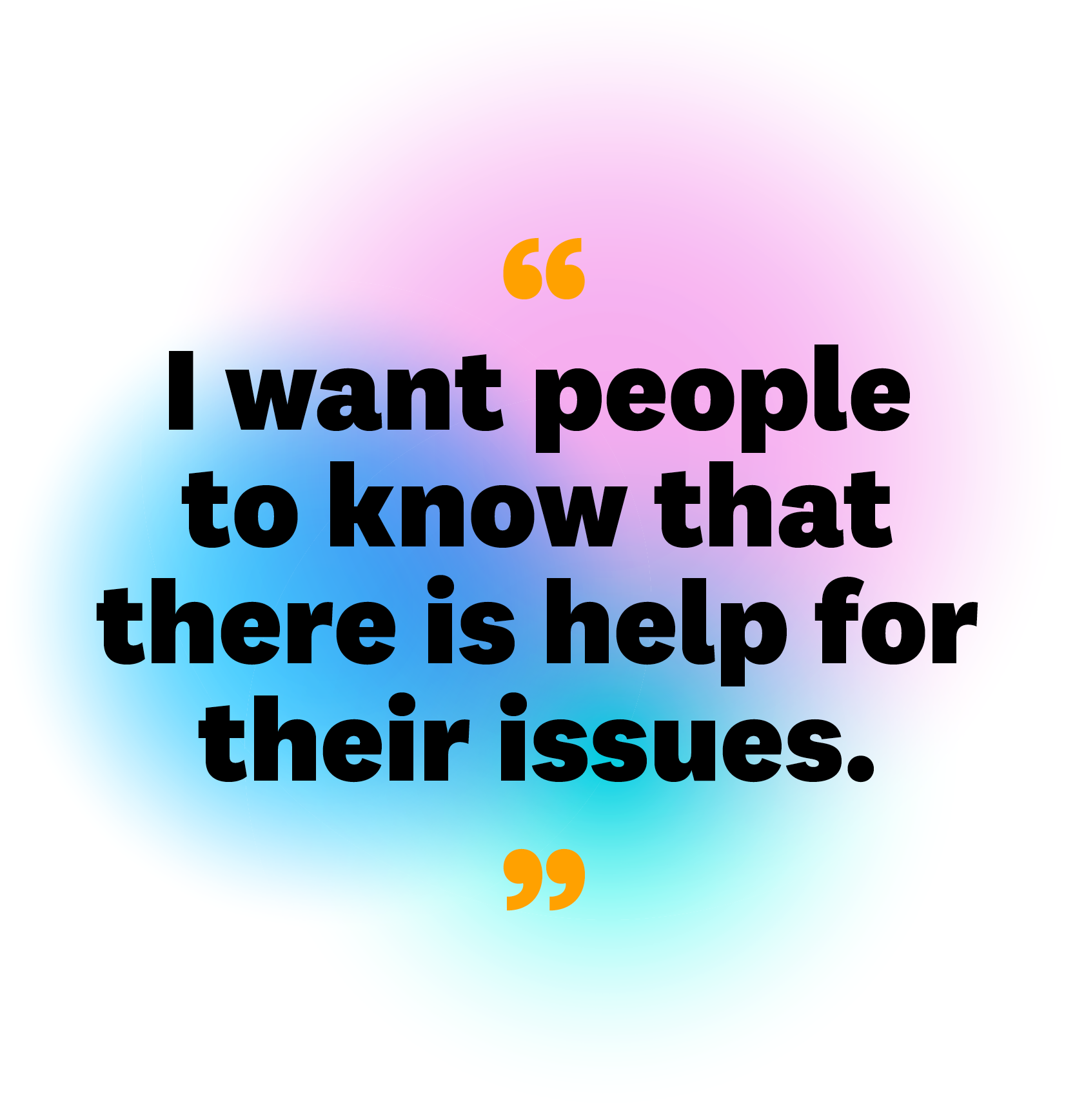I became a physical therapist because I was the kid who was always broken growing up. When I was in fifth grade, I had to make my own splint for my ankle because my parents didn’t believe that it was injured.
While my interest began in healing injuries, a few years after I graduated from the University of Washington’s Doctor of Physical Therapy program, I began to have more friends who identified as transgender or non-binary—and I learned that many of them really struggled with getting appropriate health care. (I also identify as non-binary and use they/them pronouns.) When former President Donald Trump’s administration began removing healthcare protections for trans people, I knew I had to do something, so I jumped into trans care with both feet.
A common misconception is that physical therapists only help with sports injuries or surgeries. In truth, physical therapists can support people both before and after gender-affirming surgeries as well.
For example, a non-binary person might work with a physical therapist prior to top-flattening surgery in order to develop upper-body strength and flexibility. Afterward, that same physical therapist might perform scar massage to the surgical sites in order for them to feel more comfortable reaching overhead and lifting weights.
Similarly, a trans woman might do breathing and pelvic stretching exercises with a physical therapist to prepare for the construction of a new vagina. After surgery, the physical therapist could help her begin a dilator program. A dilator program involves placing a cylinder in the vagina multiple times per day, often for months at a time, to prevent the new opening from shrinking down.
Sometimes trans and non-binary people also need physical therapy care for pelvic health conditions that anyone can experience, regardless of gender. These conditions include bladder leakage, bowel leakage, genital pain, and prolapse.
Trans and non-binary people deserve adequate healthcare that makes them feel understood and safe. But if I do a search for licensed physical therapists who treat transgender pelvic health in the U.S., only 367 results pop up out of more than 300,000 PTs. Yet the number of people who identify as trans or non-binary has continued to grow.
Here are some things I wish other people knew about what members of these communities need when it comes to physical therapy.
Inclusive language matters.
The more I do gender-based physical therapy, the more I have learned that the things that help in my profession really help us all. That’s asking people’s preferred names and pronouns. That’s asking people if there’s anything that can be done to make them feel more comfortable. And that’s not making assumptions about people’s sexual orientation or what type of relationships they might be in.
It’s also practicing from a trauma-informed healthcare perspective, which means asking for consent every little step along the way during treatment.
Telehealth has opened the door to new care options for transgender and non-binary people.
For trans care in particular, the expansion and the ease of the current telehealth systems during the pandemic is just phenomenal. Many state laws preventing healthcare providers from treating patients across borders were waived during the pandemic, so there are tons of trans and non-binary people who now, finally, have access to care. (QueerDoc is one virtual clinic that provides care in multiple states.) I know people who do all of their trans healthcare via telehealth now.
Receiving physical therapy virtually can also be comforting for people who may have been traumatized by the medical system, because they’re in the comfort of their own home. Somebody can’t touch you without your permission via telehealth. Many pelvic health issues can be addressed with education that doesn’t involve touch, and I wish more people knew that when deciding whether to seek care.
For example, if somebody is leaking urine, we teach them how to tighten those muscles. If somebody is having pain during sex, typically we’re teaching muscles to relax—whether they have external genitalia or internal genitalia, muscle relaxation tends to go a long way. And then if people are having issues like constipation, we may be teaching abdominal massage.
Touch can still be a part of that treatment if needed, and I try to be open about how far I can get a patient with education, versus how far I think I can get them if we have an in-person visit. It’s important to give people those options the whole way through.
No matter how you identify, what’s common is common.
Unfortunately, many transgender and non-binary people encounter something called “trans broken arm syndrome,” which is when a medical provider inappropriately blames a health issue on someone’s gender transition. For example, if a trans person broke their arm falling off a bicycle, a medical provider might tell that patient that their injury was due to taking hormone replacement therapy. However, scientifically speaking, no amount of hormones is ever going to spontaneously snap someone’s arm.
One of the biggest barriers that trans people face in getting healthcare is that many providers won’t explore an issue further because they believe it must be the result of hormone replacement or gender-affirming surgery, and that’s super frustrating for the patient.
Once, a gastroenterologist blamed my client’s constipation on hormones, when in fact the constipation started before she ever began hormone replacement therapy. Another time, a gynecologist denied care for a client’s bladder issue simply because they were using testosterone. I assure clients that I believe that they are having real issues.
It’s also important to acknowledge that trans and non-binary people who are Black, Indigenous, or people of color regularly experience amplified harm from medical providers.
Trans and non-binary people still often need to advocate for themselves.
Even a lot of the medical providers who specialize in trans care may not be fully aware of all the treatments that are out there for pelvic health conditions for trans people. I want people to know that there is help for their issues.
If someone has a pelvic health condition, and they identify as trans or non-binary, here are some resources that may be helpful:
- Find a physical therapist who supports trans and non-binary healthcare needs. I recommend searching for one using the American Physical Therapy Association’s Academy of Pelvic Health PT locator tool, which gives you the option to search for somebody who specializes in transgender pelvic health.
- Find your local gender center. I’m so fortunate that in the Seattle area, we have the Ingersoll Gender Center, a hub for transgender and gender nonconforming people to connect and find support, healthcare providers, and financial resources. Google the closest gender center to you—and if there isn’t one near you, try reaching out to one in a nearby state. They may still be aware of some helpful resources in your area.
- Find a support system, whether that’s friends that you lean on or an online community. Many trans and non-binary people rely on word of mouth and local Facebook groups to find recommendations for PTs who provided a positive experience. There are also many trans mentorship programs to help guide people through transition, and that can be really useful if someone has a PT or medical provider who isn’t quite relating to them the way they’d hoped to be related to. Gender Illumination is one nonprofit that pairs people with mentors.
Source: Read Full Article



